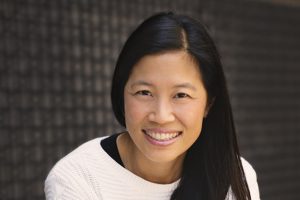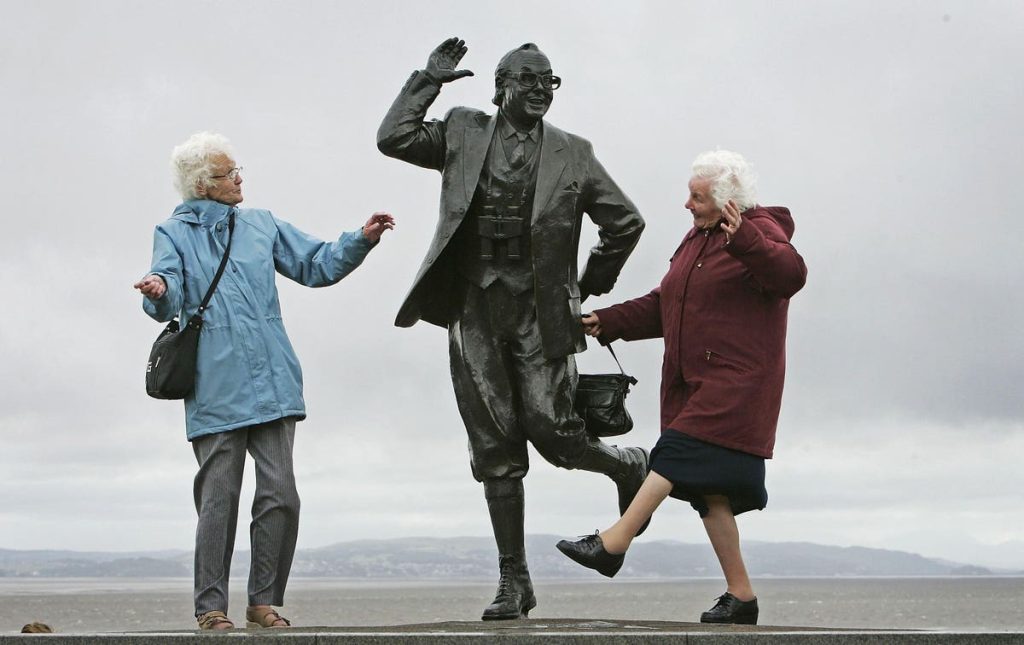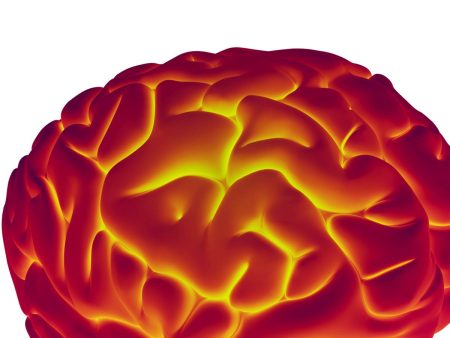Since the dawn of human history, aging has been inevitable. That is changing: longevity medicine has entered the mainstream. We have long known that healthy lifestyles can minimise the impact of chronic diseases of aging, and extend your “healthspan” – the period in which you enjoy a healthy life. More recently, longevity research has shown that aging is malleable, and hundreds of therapies have been identified that extend the “lifespan” of animals as well as their healthspan.
Human clinical studies are now under way, and early results strongly suggest that the lifespan of humans can be extended too.
There is of course controversy about how best to achieve this, and also about whether we should even try. Today, a group of over 60 leading longevity scientists is rising above these debates, and calling on world leaders to join in a major push to defeat aging. The Dublin Longevity Declaration calls for a concerted effort to improve both healthspan and lifespan.
They point out that even a five-year extension in human healthspan, with equitable access for all people, would save trillions per year in healthcare costs, provide extra life quality across the entire population and ameliorate the demographic challenges that are happening in the first half of this century. Most experts in the field now acknowledge that this is a likely outcome in the near future and one focus of longevity medicine is now on achieving it.
But far more is possible. The scientists behind the Dublin Declaration believe that aging can actually be slowed, and then reversed. They acknowledge that it will cost billions of dollars in research to achieve these goals, but they assert that the effort would pay for itself many times over.
The interventions that are currently being tested to improve healthspan and lifespan include therapies to improve metabolism, restore youthful immune function, maintain youthful body composition, remove damaging cells from the body, and improve cellular stress responses. These interventions come in many forms.
New classes of small molecules are being tested for use as drugs. Pharmaceutical companies have only explored a small portion of the small-molecule space for longevity outcomes. New and larger-scale screening projects are likely to result in longer lifespans.
Re-programming the cells in our tissues can accelerate the replacement of damaged cells, and restore youthful tissue function. Studying the biology of long-lived animal species will teach us how to extend human longevity. Humans are one of the longest-living mammals, but bowhead whales can live to 200 years. Tortoises live even longer, and some creatures, like certain species of jellyfish, do not seem to age at all.
Gene and cell therapy have long been promised, are are now feasible. Parasites such as retrotransposons and retroviruses cause age-related inflammation, and we are beginning to understand how to repair this damage.
Tackling aging will require combinatorial approaches, with multiple systems being targeted simultaneously. It will also require personalizing interventions: particular therapies will affect most of us in broadly predictable ways, but their exact impacts in each individual are likely to vary, and we need to understand this better.
Looking further ahead, there are startling techniques which have been foreseen by science fiction writers, such as cryopreservation, brain mapping and ex vivo organ generation. Some of these technologies are available today, and others will become realistically feasible much sooner than most people expect.
As with most kinds of technological progress today, artificial intelligence will play an important role in extending healthspan and lifespan. AI-generated biological models enable scientists to measure our biological age, which is distinct from our chronological age because some people age more slowly than others thanks to genetic or environmental differences, or healthier lifestyles. AI enables us to better understand the relative contributions of different variables to the way we age.
Talking about the possibility of extending lifespan often raises objections about the side effects, such as the social impact of a drastically aging population, the impact on the planet of a much larger human population. These concerns are natural and need to be addressed, but they are less powerful objections than they seem. On our current demographic trajectory, the human population will soon go into decline, and depopulation will become a bigger concern than over-population. Stopping aging will have a much smaller impact on population size than the decrease in childbirth under way in all parts of the world. The idea that older people have less to offer than younger people is nonsense – as long as the older people are healthy, and not a burden on the young.
Seizing the prize of extended lifespan will be expensive, and there will be challenges, disappointments, and setbacks along the way. But the prize is real, and the time to start is now. Around the world, 150,000 people die of age-related conditions every day, and each death is a tragedy for the individual, and their families and friends. Defeating aging is really is a matter of life and death.
The signatories to the Dublin Declaration include most of the leading figures in longevity science today, including such luminaries as Brian Kennedy, Distinguished Professor of Biochemistry and Physiology at the National University of Singapore, Aubrey de Grey, President of the Longevity Escape Velocity (LEV) Foundation, George Church, Professor of Genetics at Harvard Medical School, David Sinclair, also Professor of Genetics at Harvard Medical School, María Blasco, Director of the Spanish National Cancer Research Centre (CNIO), Vera Gorbunova, Professor of Biology at the University of Rochester, Nir Barzilai, Professor of Medicine at the Albert Einstein College of Medicine, Matt Kaeberlein, Professor of Pathology at the University of Washington in Seattle.
Read the full article here










